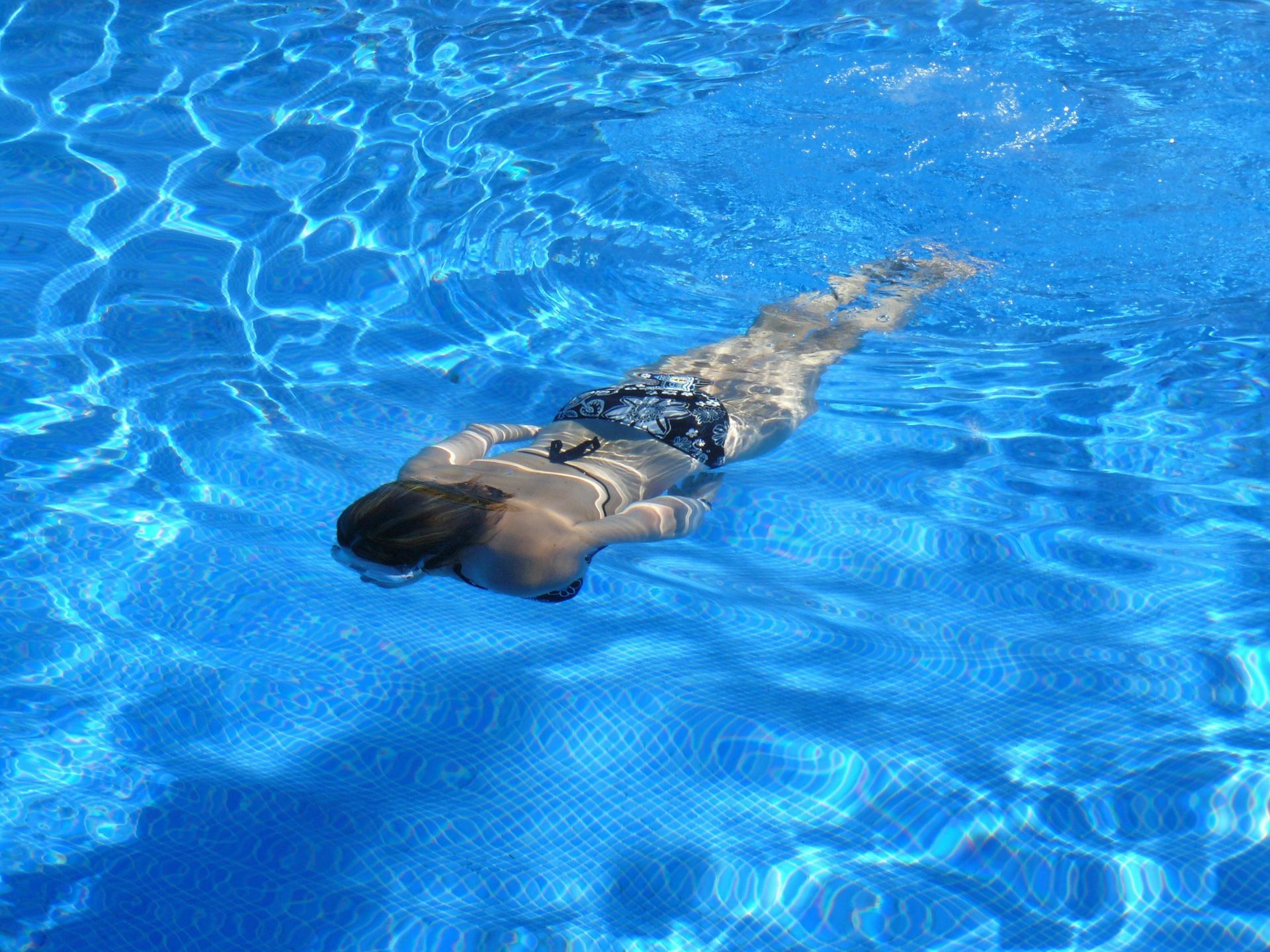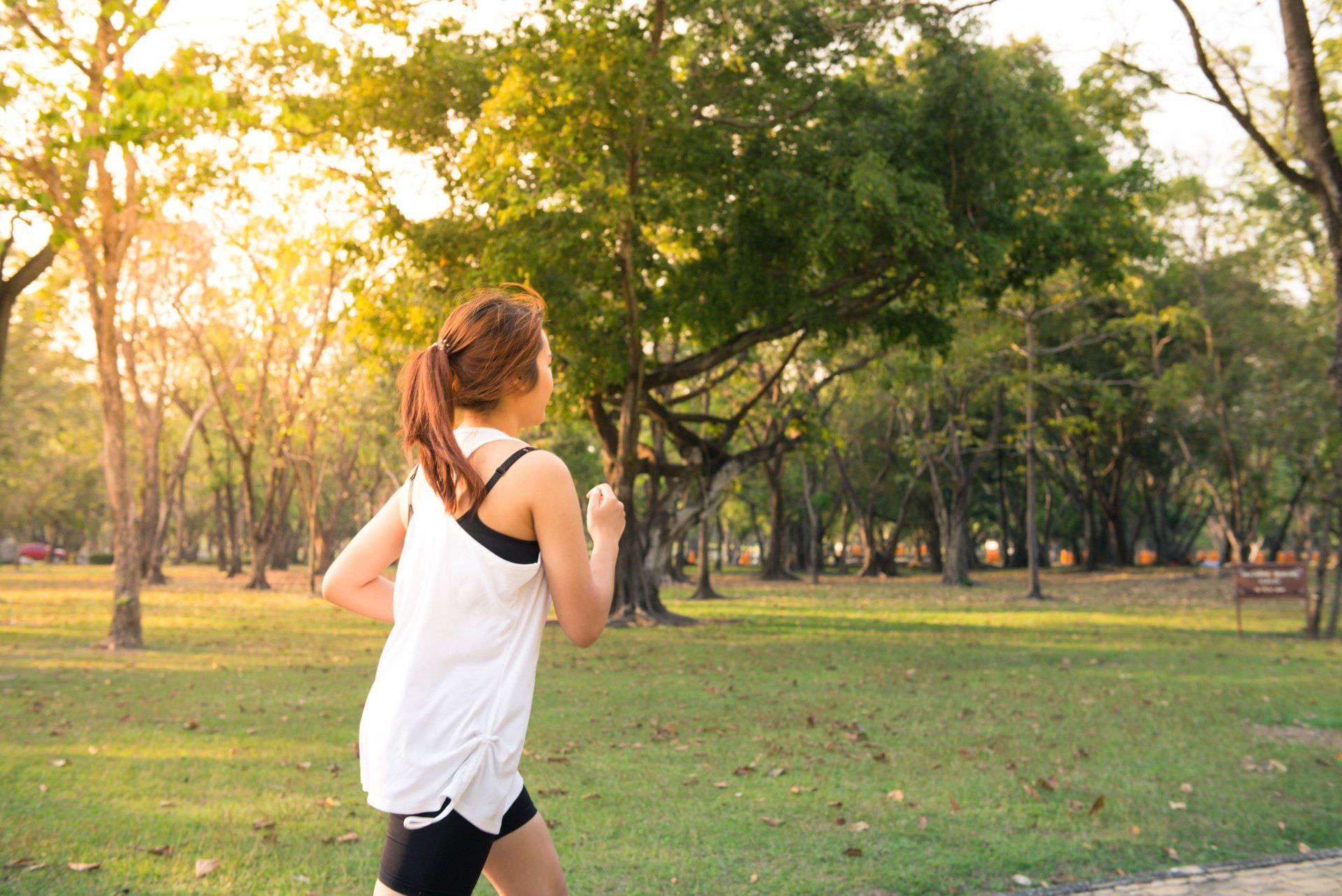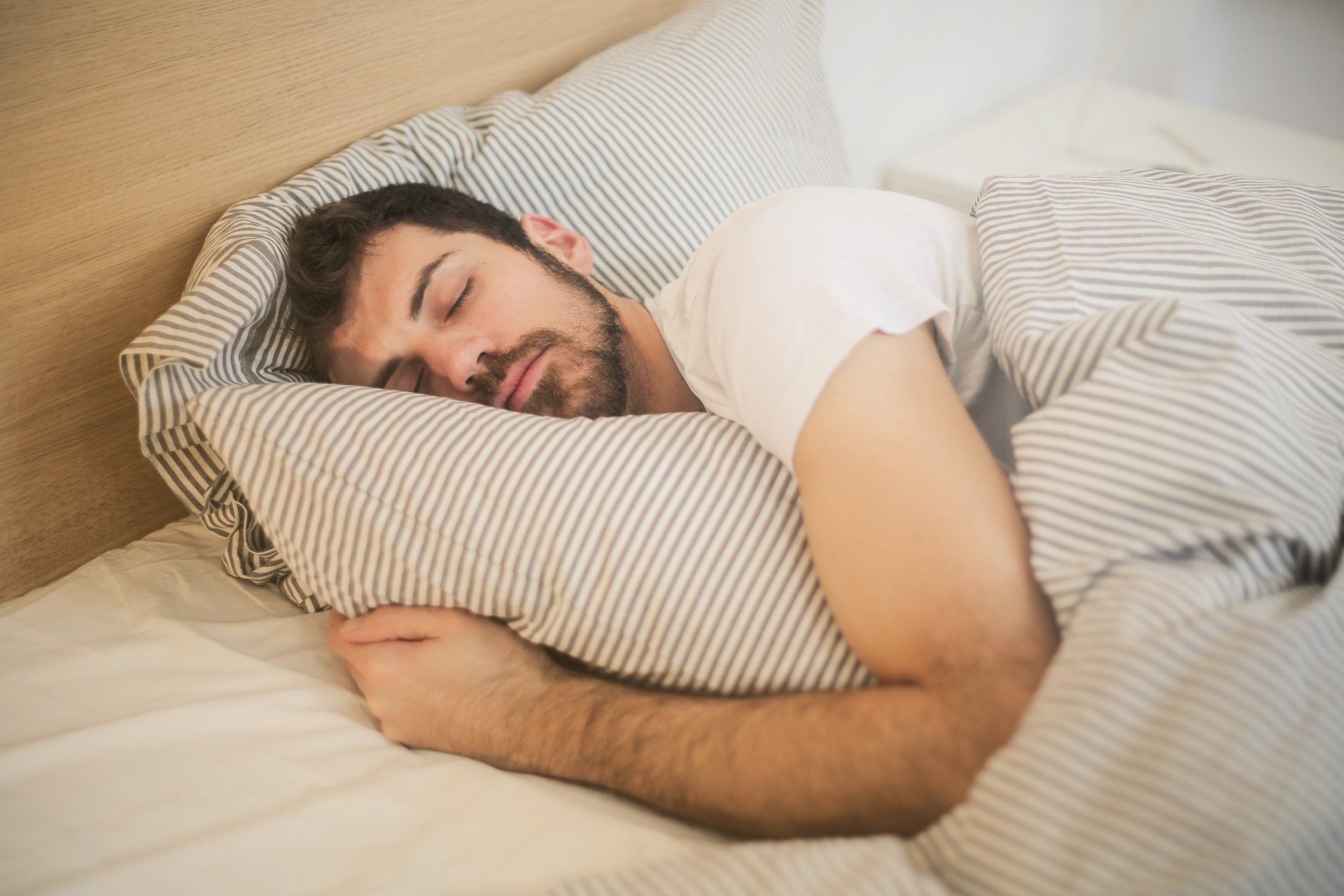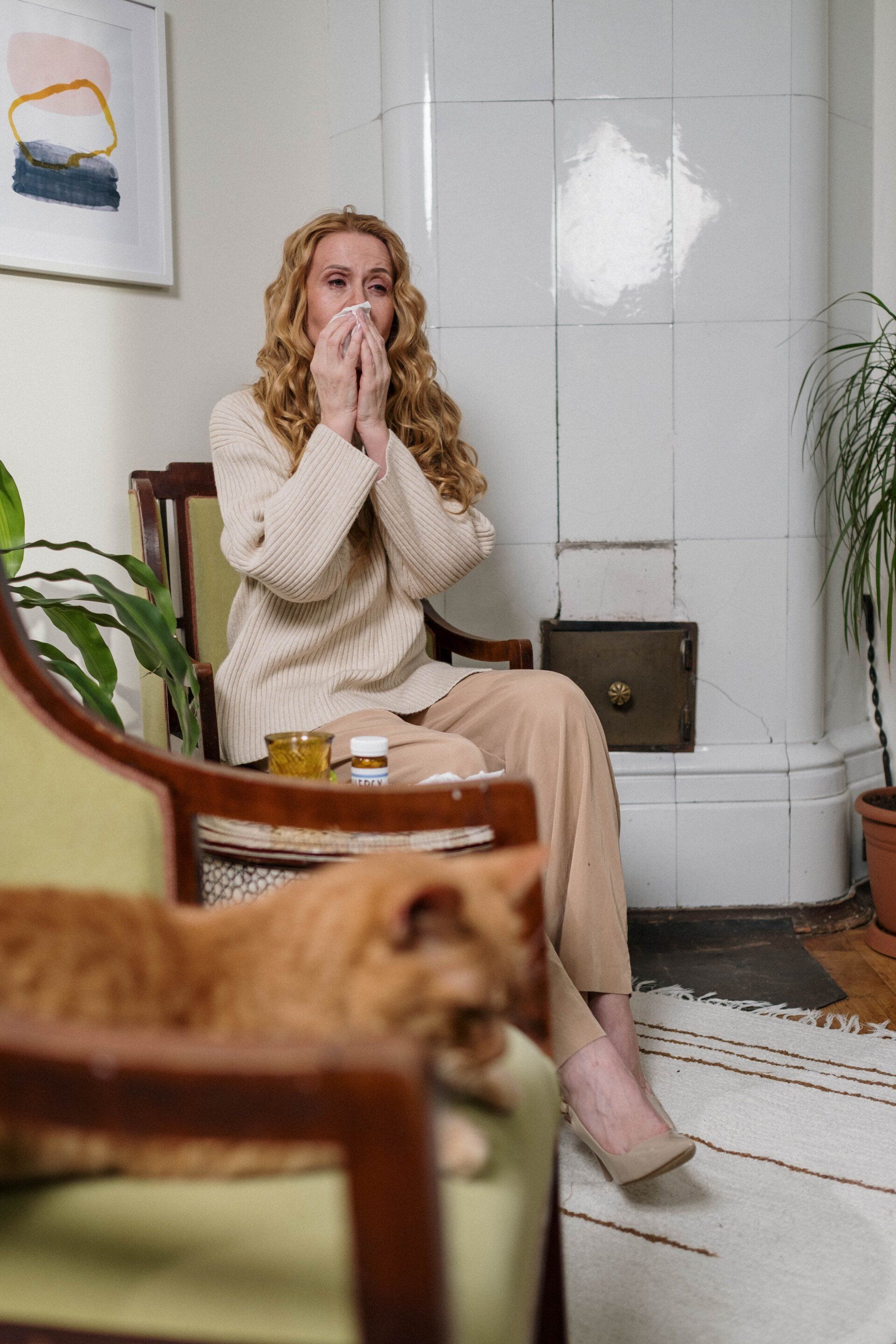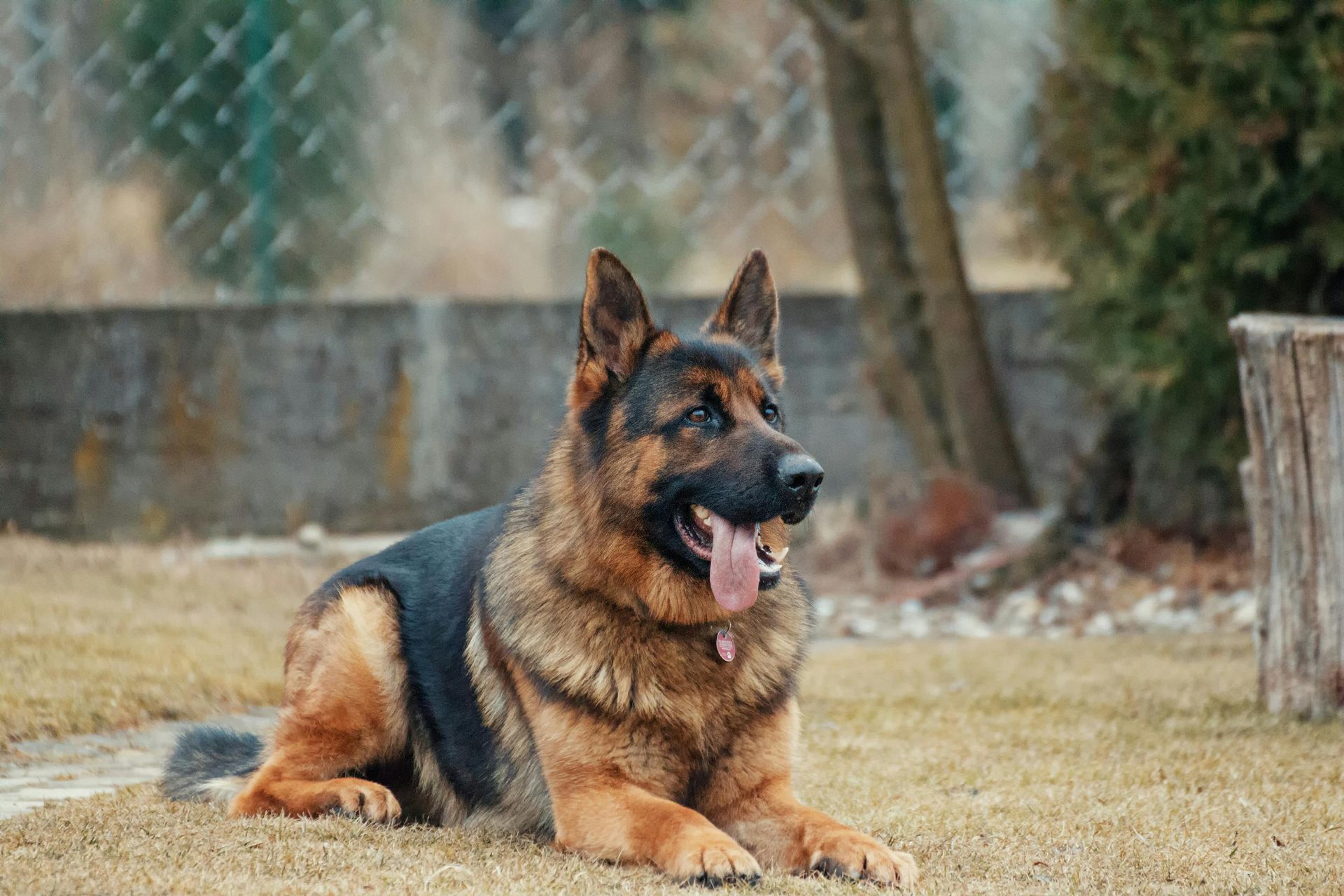Personalized Medical Care
Empowering Your Health Journey – Your Dedicated Nurse Practitioner
“Ignite the mind’s spark to rise the sun in you.” -Florence Nightingale

About Me
Meet Evangeline Lindorf, NP, Your Trusted Health Partner
Evangeline Lindorf is a dedicated Nurse Practitioner with over two decades in healthcare. Her journey from an Emergency Room Nurse to a Nurse Practitioner has been fueled by a passion for patient-centered care. Specializing in integrative/holistic medicine, she blends traditional practices with modern treatments, ensuring comprehensive care.
Her expertise lies in neurology and allergy management, alongside a broad spectrum of conditions from gut health to chronic fatigue. With a strong emphasis on listening and understanding your unique health needs, she offers personalized care plans. Her approach goes beyond symptom treatment; it involves educating and empowering you towards optimal health. Education and understanding are two of her primary goals when working with you as a patient, so you can learn to navigate the complex maze of modern medicine.
Let's work together to achieve the health and vitality you deserve. Trust in Evangeline's experience and commitment to your well-being as we navigate your path to wellness.
Conditions Treated
Digestive Health
Metabolic and Hormonal Disorders
Neurological and Cognitive Health
Sleep Disorders
Let's Discover How I Can Help You Feel Your Best
Your journey to better health is just a message away. Whether you’re facing chronic conditions, seeking relief from pain, or aiming to improve your overall wellness, I’m here to guide and support you. As a dedicated Nurse Practitioner, I bring a blend of expertise, empathy, and personalized care to address your unique health needs. Don't let health challenges hold you back any longer. Reach out today, and let’s explore how we can work together to help you feel your best. Every step towards health is a step towards a happier, fuller life.
Contact Us
Testimonials
Blog
